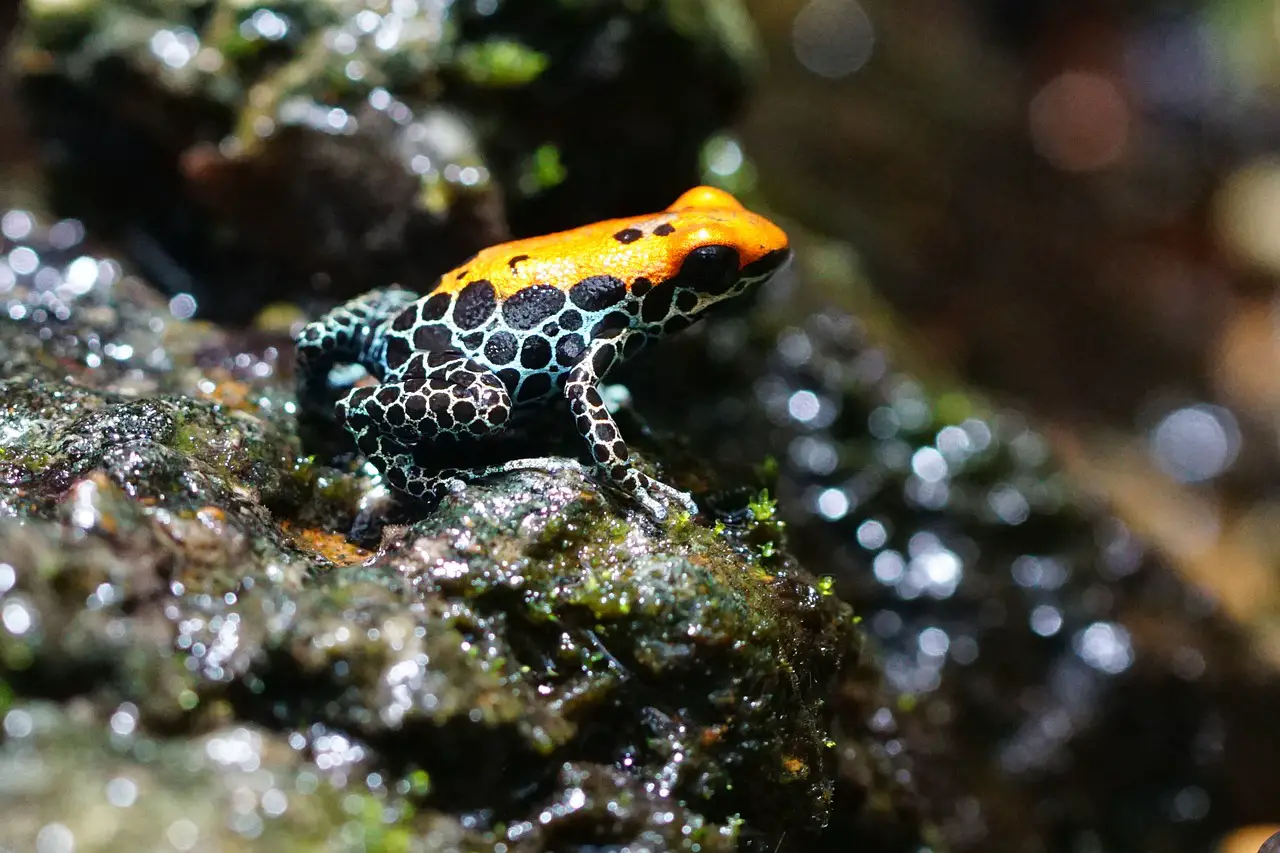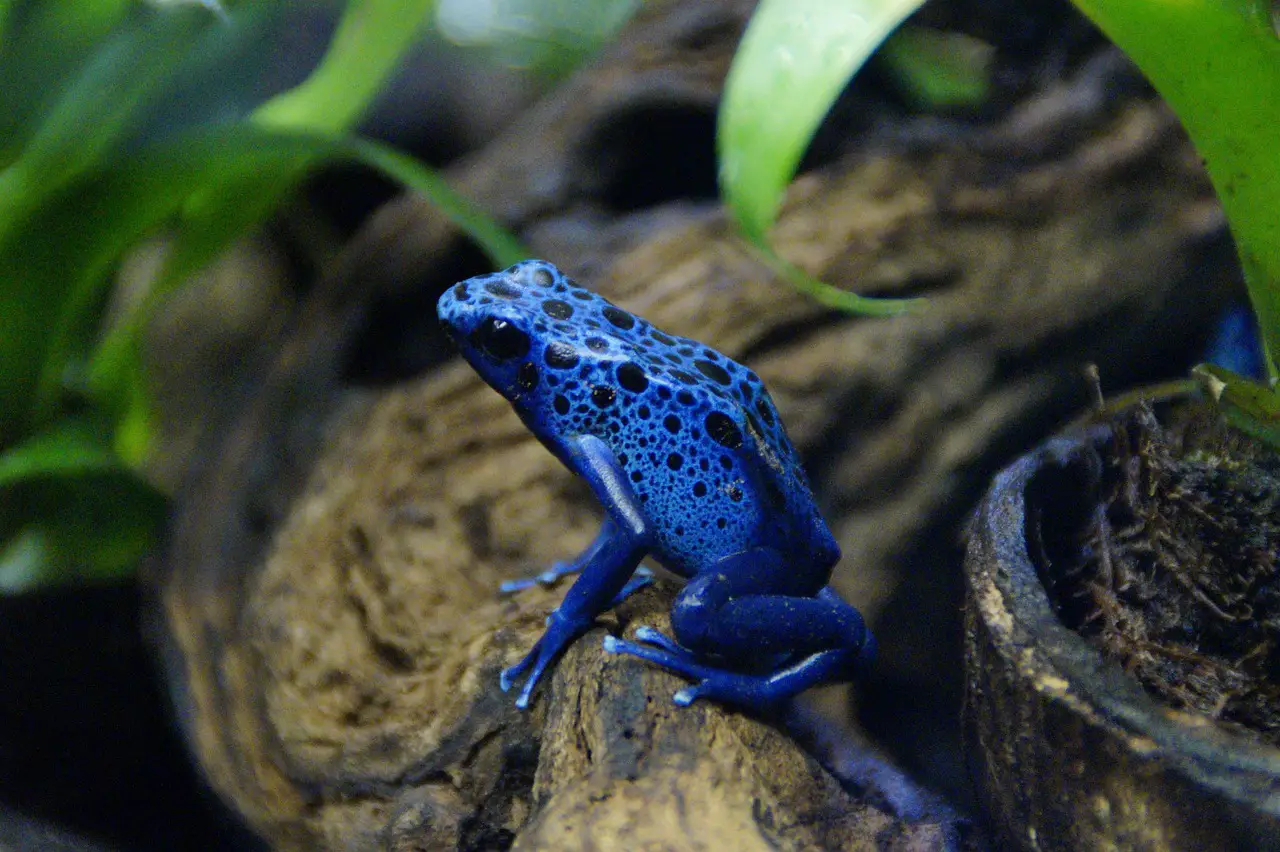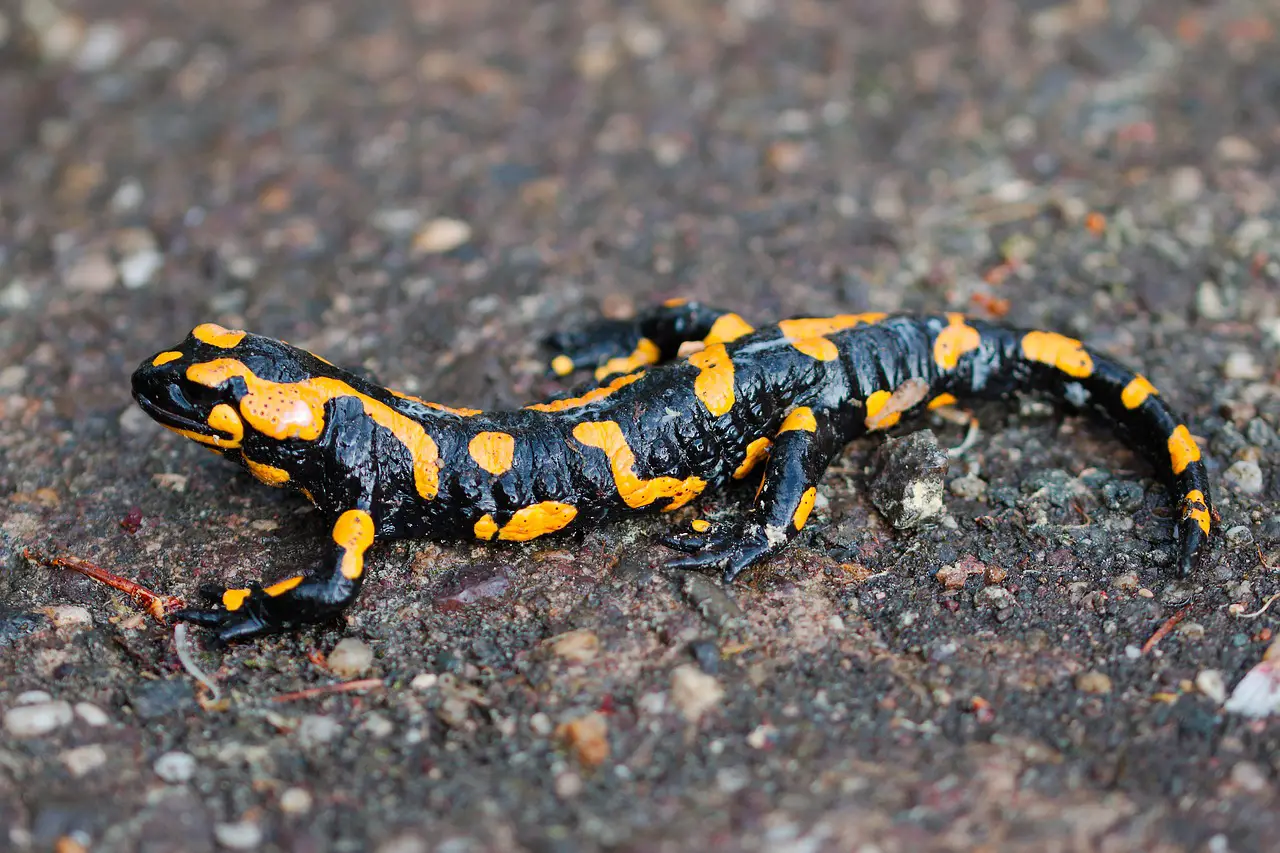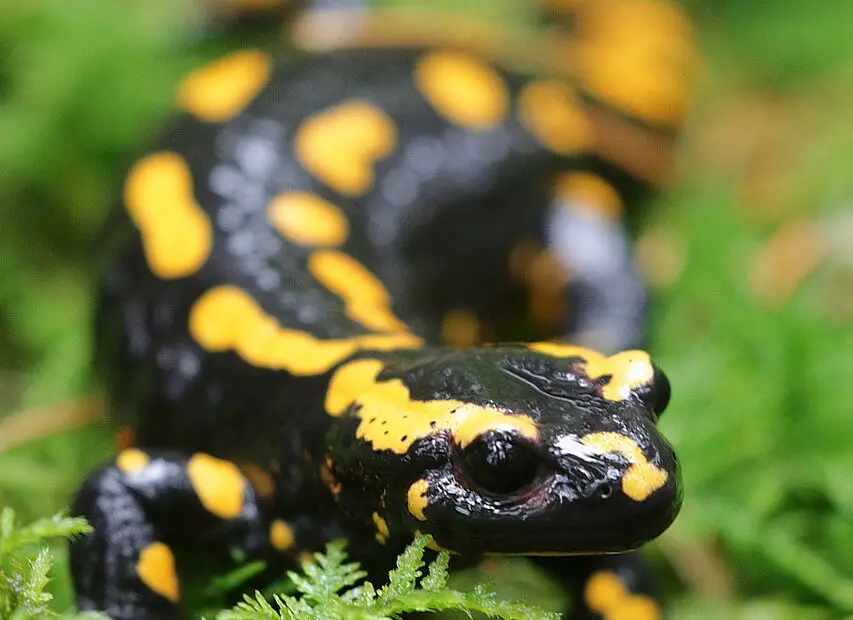Amphibians, often considered the guardians of both land and water, play a vital role in maintaining healthy ecosystems. However, many amphibian species are facing the threat of extinction due to various factors. In this article, we will explore the importance of these endangered amphibians in ecosystems, discuss the challenges they face, highlight endangered amphibian species, delve into conservation efforts, and emphasize the significance of individual actions in preserving these remarkable creatures.
You may also want to read about the Japanese Giant Salamander.
Importance of Amphibians in Ecosystems
Ecological Roles
Amphibians serve essential roles in ecosystems. As predators, they help control insect populations, including disease-carrying mosquitoes. Additionally, they act as prey for other species, contributing to the intricate food webs that support the balance of aquatic and terrestrial ecosystems.

Indicator Species
Amphibians are highly sensitive to environmental changes, making them valuable indicators of ecosystem health. Their permeable skin and dependence on both land and water make them vulnerable to habitat degradation, pollution, and climate change. By monitoring amphibian populations, scientists can assess the overall well-being of ecosystems.
Factors Threatening Amphibians
Habitat Loss and Fragmentation
One of the primary threats to amphibians is the destruction and fragmentation of their habitats. Human activities such as deforestation, urbanization, and the draining of wetlands have significantly reduced suitable habitats for many species. Without proper habitats, amphibians struggle to find suitable breeding sites and sources of food.
Climate Change
Climate change poses a significant threat to amphibians. Rising temperatures can disrupt their delicate life cycles and alter the availability of suitable habitats. Changes in rainfall patterns can impact breeding seasons and the availability of water sources. Additionally, increased droughts and heatwaves can lead to dehydration and higher mortality rates.
Pollution and Disease
Amphibians are highly sensitive to environmental pollution, including water and air pollution. Chemical pollutants and pesticides can contaminate their habitats, leading to deformities, reproductive issues, and population decline. Amphibians are also susceptible to diseases such as chytridiomycosis, a fungal infection that has caused significant population declines in many species.
Endangered Amphibians
Poison Dart Frog
The poison dart frog, known for its vibrant colors and toxic skin secretions, is facing a risk of extinction due to habitat loss and collection for the pet trade. These small, iconic frogs are found in the tropical rainforests of Central and South America. The loss of their forest habitats and the illegal pet trade pose significant threats to their survival. Conservation efforts focus on protecting their natural habitats and raising awareness about the importance of preserving these beautiful and ecologically important species.

Axolotl
The axolotl, also known as the Mexican walking fish, is a unique amphibian found exclusively in Mexico. It is known for its regenerative abilities, as it can regrow lost limbs and even parts of its spinal cord. However, the axolotl is critically endangered due to habitat degradation, water pollution, and the introduction of non-native species to its habitat. Conservation programs aim to protect remaining populations and restore their natural habitats.
Chinese Giant Salamander
The Chinese giant salamander is the largest amphibian in the world, reaching lengths of up to six feet. It is endemic to China and is considered a living fossil. Despite its historical significance, the Chinese giant salamander is critically endangered due to habitat loss, pollution, and overexploitation for food and traditional medicine. Conservation efforts focus on habitat restoration, breeding programs, and regulating trade to protect this ancient species.
Conservation Efforts and Success Stories
Habitat Protection
Conserving the habitats of endangered amphibians is crucial for their survival. Efforts are being made to establish protected areas, create wildlife corridors, and promote sustainable land-use practices. By preserving their natural habitats, we can provide secure spaces for these species to breed, forage, and thrive.

Captive Breeding Programs
Captive breeding programs have proven successful in saving endangered amphibians from extinction. These programs involve breeding and raising individuals in controlled environments with the aim of reintroducing them into the wild. By carefully managing genetic diversity and monitoring the health of captive populations, these programs offer hope for the long-term survival of endangered amphibians.
Community Involvement
Conservation efforts are most effective when local communities are actively engaged. Community-based initiatives involve educating and empowering local residents to become stewards of their natural environments. By involving communities in habitat restoration, conducting citizen science projects, and promoting sustainable practices, we can create a collective effort to protect endangered amphibians.
The Importance of Individual Actions
Supporting Conservation Organizations
Individuals can make a difference by supporting organizations dedicated to amphibian conservation. Donations, volunteering, and participating in awareness campaigns can provide crucial resources and help amplify conservation efforts on a larger scale.
Creating Amphibian-Friendly Gardens
Creating amphibian-friendly habitats in our own gardens can provide additional refuge for these endangered species. Incorporating water features, native plants, and providing shelter can attract amphibians and contribute to their conservation. By taking small steps to create suitable habitats, we can contribute to the preservation of these remarkable creatures.
Spreading Awareness and Education
Spreading awareness about the importance of amphibians and the threats they face is key to their conservation. By sharing knowledge, participating in educational programs, and engaging in discussions, we can inspire others to take action and become advocates for the protection of endangered amphibians.
Conclusion
Endangered amphibians are crucial components of ecosystems, acting as indicators of environmental health and playing important ecological roles. However, they face numerous threats due to habitat loss, pollution, climate change, and overexploitation. Through conservation efforts, such as habitat protection, captive breeding programs, and community involvement, we can work towards the preservation of these unique and fragile species. Every individual action counts in safeguarding endangered amphibians and ensuring their survival for future generations to appreciate and cherish.
FAQs
- Why are amphibians important in ecosystems? Amphibians play vital roles in ecosystems. They help control insect populations, including disease-carrying mosquitoes, as they are natural predators of these insects. Amphibians also serve as a food source for other animals, contributing to the intricate food webs that maintain ecosystem balance.
- What is an indicator species? Indicator species are species whose presence, absence, or overall health can indicate the condition of an ecosystem. Amphibians are considered indicator species because they are highly sensitive to environmental changes. Their population declines or health issues can indicate habitat degradation, pollution, or other ecological imbalances.
- Can endangered amphibians be reintroduced into the wild successfully? Yes, reintroduction programs have proven successful in saving endangered amphibians. These programs involve careful breeding and rearing of individuals in captivity, followed by their release into protected habitats. Monitoring and ongoing conservation efforts are crucial to ensure the success of reintroduced populations.
- Can individuals keep endangered amphibians as pets? It is generally not recommended to keep endangered amphibians as pets. Many endangered amphibians have specific habitat requirements and specialized care needs that are difficult to replicate in captivity. Additionally, removing individuals from the wild can further impact their already fragile populations.
- How can I contribute to amphibian conservation if I live in an urban area? Even if you live in an urban area, there are ways to contribute to amphibian conservation. You can support local conservation organizations financially or through volunteering opportunities. Additionally, you can create amphibian-friendly spaces in your own garden by incorporating water features, native plants, and providing shelter.
